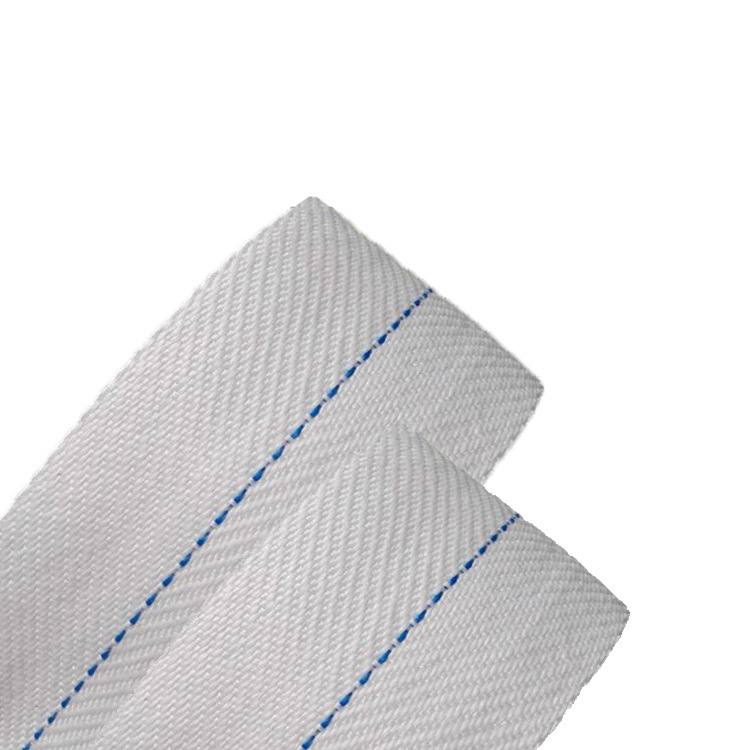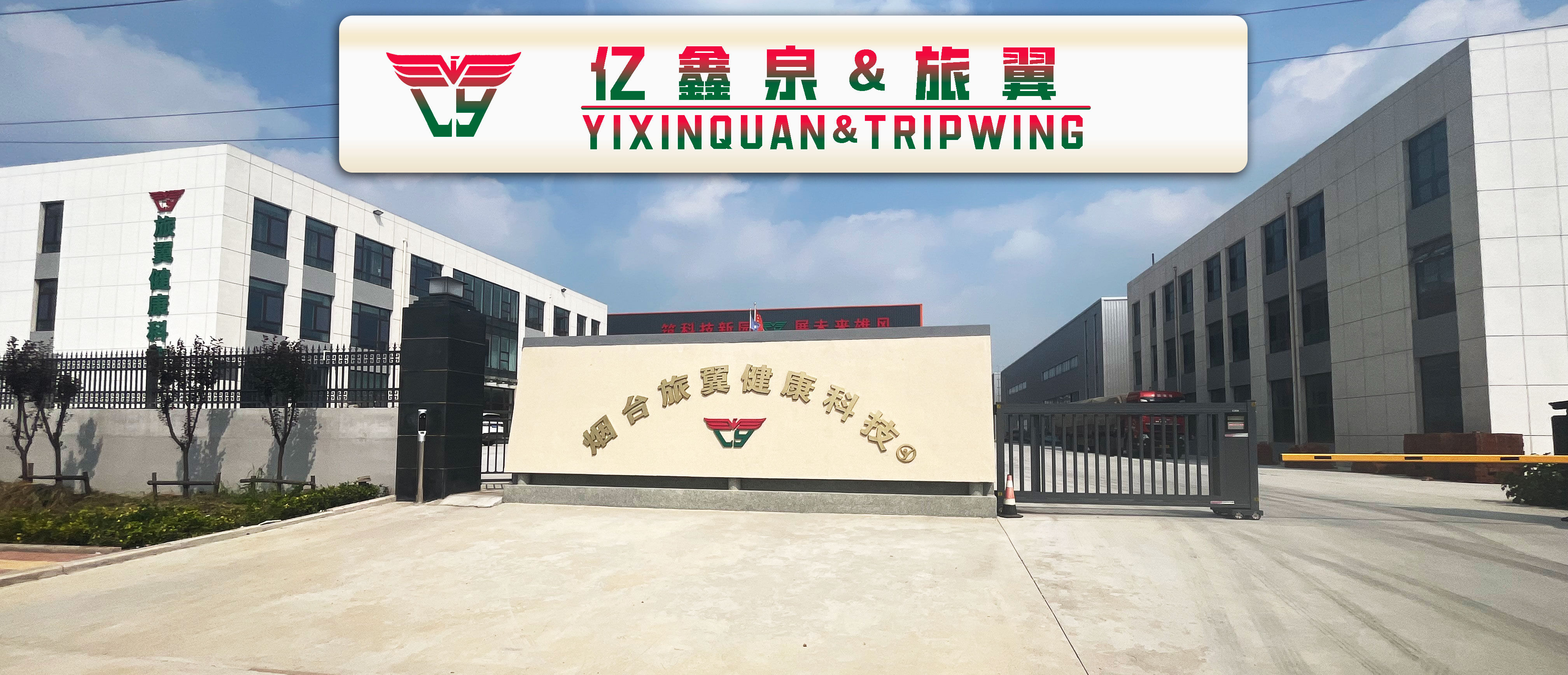In modern poultry farming, the egg collection system is a critical component that directly impacts efficiency, egg quality, and operational costs. Among the most common choices for egg conveyor belts are polypropylene (PP) and polyvinyl chloride (PVC) materials. But which one is truly better for your farm? In this guide, we break down the key differences in performance, durability, cost, and suitability.
PP (Polypropylene) belts are woven from high-tenacity polypropylene yarns, offering excellent flexibility and resilience. They maintain their shape even after thousands of flex cycles, making them ideal for continuous-operation layer houses.
PVC belts, on the other hand, are typically made by coating a fabric base with PVC resin. While smooth, they can become stiff over time—especially in cold environments—and may crack under repeated stress.
Key Insight: PP belts remain flexible down to -30°C, while PVC belts may harden below 0°C.
Egg belts face daily wear from cage hardware, eggshell fragments, and cleaning chemicals. Here’s how they compare:
For farms with automated washing systems or outdoor conveyors, PP is clearly the more robust choice.

A smooth, non-abrasive surface is essential to minimize egg breakage. Both materials can be engineered for gentleness, but:
Studies show that well-designed PP belts can reduce egg breakage by up to 15% compared to standard PVC alternatives.
While PVC belts may have a lower upfront cost, their shorter service life (typically 1–2 years) leads to frequent replacements and downtime.
In contrast, high-quality PP egg belts—like the YXQ-EGB series—can last 3–5 years or more with proper care, significantly lowering total cost of ownership.
| Factor | PP Belt | PVC Belt |
|---|---|---|
| Lifespan | 3–5+ years | 1–2 years |
| Cold Resistance | Excellent (-30°C) | Poor (stiffens below 0°C) |
| UV Resistance | Yes (with additives) | No (degrades in sunlight) |
| Cleaning Compatibility | Resists oils & disinfectants | May swell or crack |
Choose PP egg belts if you:
PVC may be acceptable for small-scale or indoor-only operations with mild conditions—but for commercial poultry farms, PP is the industry standard for a reason.

At Yixinquan, we specialize in high-performance PP egg conveyor belts engineered for global poultry farms. Our YXQ-EGB series features UV stabilization, oil resistance, and tear-proof construction—backed by 12+ years of manufacturing expertise.
Contact us today for a free sample or technical consultation!